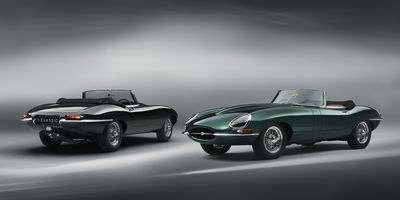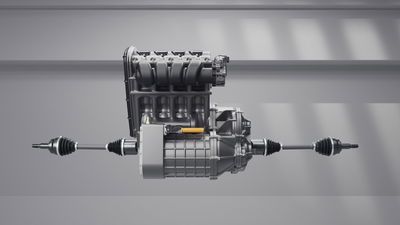Jaguar’s Newest Cars Are From 1961

Very soon, Jaguar will stop building cars entirely as it gears up for its all-important relaunch as a high-end, low-volume EV manufacturer. It’s still got some new stuff to arrive in the meantime, though, and by ‘new’, we mean 63 years old.
To mark 50 years since the production of the legendary E-Type wound up in 1974, Jag’s Classic division has built two brand new examples of the car for a Jaguar enthusiast in south-east Asia.
Despite being built to mark an anniversary of the end of production, those later E-Types are the favourites of precisely nobody, so Jaguar Classic has looked back to the knee-weakeningly pretty Series I convertible. As a result, they use the original car’s 3.8-litre version of the long-serving ‘XK’ straight-six engine.

To make them more amenable to regular use, though, electronic fuel injection takes the place of the original’s trio of carburetors, and the four-speed manual ’box is replaced by a new five-speed one. They also have a Bluetooth audio system masquerading as the original, and a heated windscreen.
The biggest nod to those later-period E-Types are the colour schemes. One car is finished in Signet Green and the other in Opal Black, both colours available in the E-Type’s final year. The interior, meanwhile, is finished in hand-woven tan Bridge of Weir leather on both cars.

There’s some fairly subtle bling throughout these cars, too. Jaguar Classic has worked with Deakin & Francis, England’s oldest still-operational jeweller, to place little details throughout the car made from mother of pearl, solid silver and 18-carat gold. Of particular note are the ‘Growler’ badges on the nose, steering wheel hub and gear knob, all of which are made from genuine gold. Silver details, meanwhile, include the knurled instrument switches and the gear knob itself.
Both cars are headed for the same private collection, but given the changes to make them more suited to modern use, we’re hopeful that they won’t spend their time sitting in a garage.















Comments
No comments found.